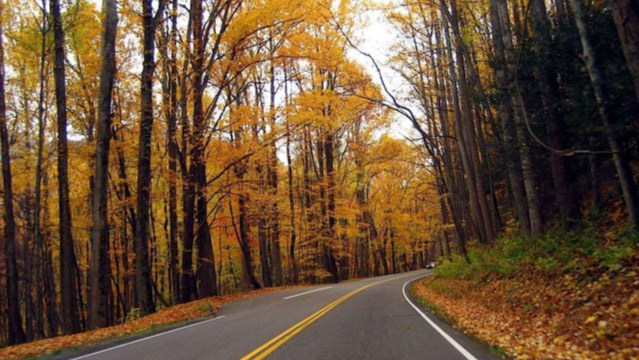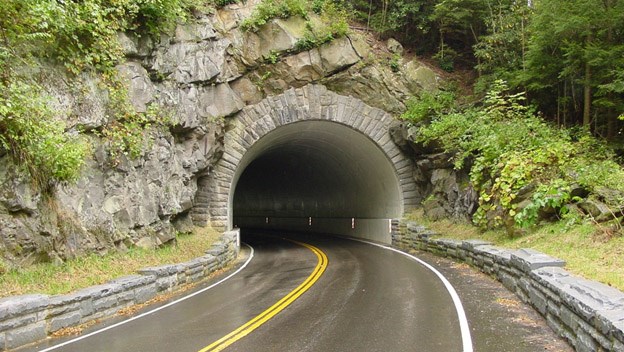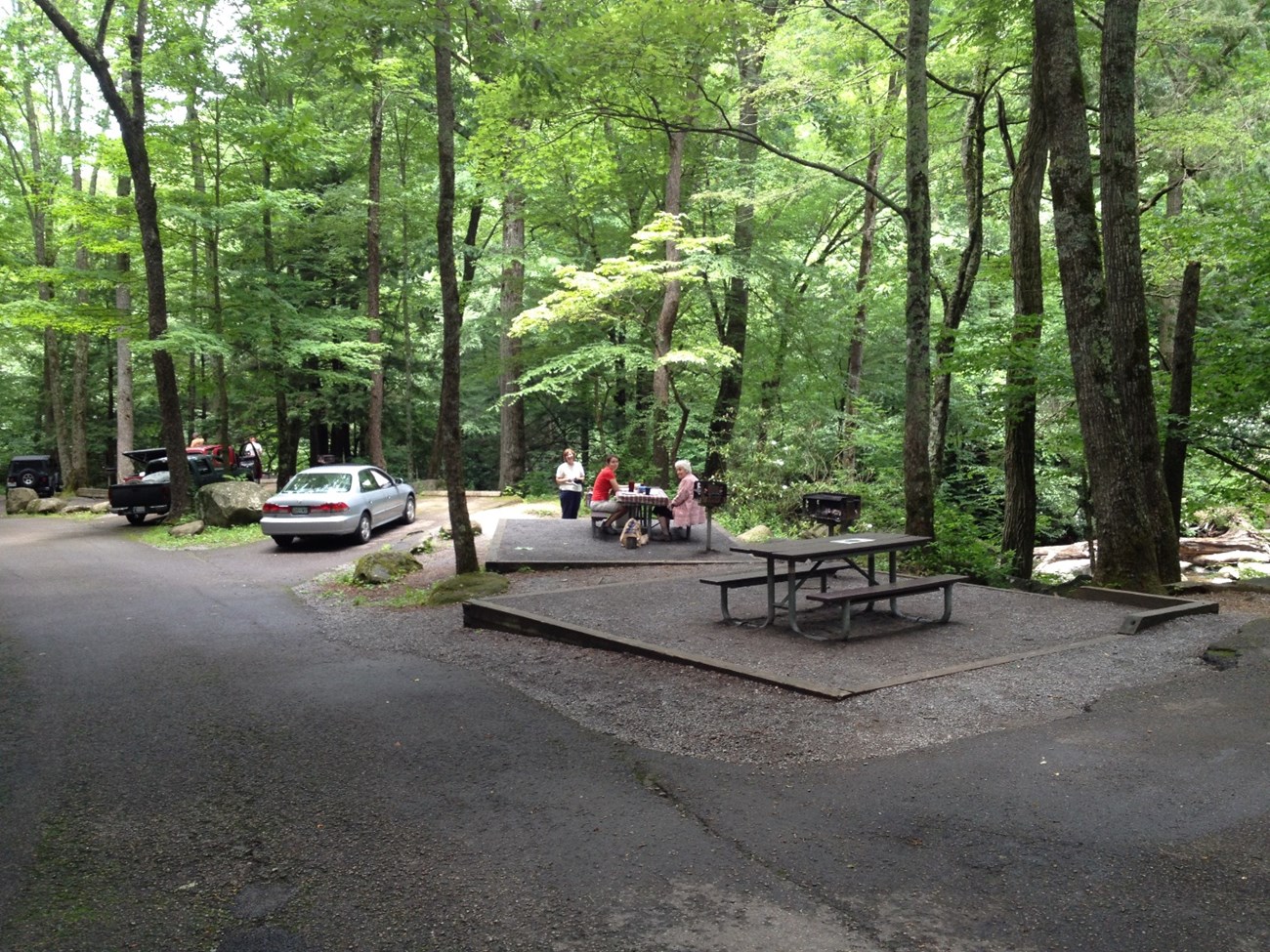Last updated: March 1, 2019
Article
Great Smoky Mountains Roads and Bridges Rehabilitation

Background.
Many of the roads in the Park are laid along a transportation network that existed long before the Park was established. Realignment, reconstruction, and new construction of park roads began in earnest in the 1930s to provide motorists with better access to the scenery. Early engineers and landscape architects built numerous scenic parking areas and overlooks along park the roads. Local construction materials and planting of the road cuts and shoulders with native flora blended the roads with their natural surroundings. Additionally, in an attempt to reduce the scarring left by cuts and fills, designers used tunnels, bridges and retaining walls. Employing these methods resulted in the creation of some of the most pleasurable and scenic roads in the National Park system.
Current Conditions.
Park-wide transportation infrastructure consists of 236 miles of roads, 301 overlooks and parking areas, 145 bridges, 5 tunnels, 68 scenic vistas, 21 miles of wooden guardrail or stone guard wall, and over 300 miles of maintained road shoulder. Between 2009 and 2012, funding from the American Reinvestment and Recovery Act allowed some progress in accomplishing rehabilitation and reconstruction work on several park roads and improved their condition from poor to good. The Federal Lands Transportation Program (FLTP) continues to help with that progress, but funding levels are inadequate to keep up with rate of deterioration. Recently rehabilitated roads are already in need of pavement preservation. Furthermore, not all roads were improved in the recent round of construction, and these roads are in need of heavier rehabilitation.
Future Needs.
Many of the park roads are still in need of resurfacing, restoration, and rehabilitation (3R work). Some roads are also in need of reconstruction or realignment (4R work). The most recent information provided by the Federal Highway Administration shows the total estimated cost of needed treatments to paved surfaces, bridges and tunnels, and barriers as follows:| Work Type | Miles With Treatment Recommendations | Percent Length | Cost | Percent Costs |
| PM | 141.2 | 76% | $42,363,000 | 48.8% |
| Light 3R | 28.0 | 15% | $17,902,080 | 20.6% |
| Heavy 3R | 16.8 | 9% | $25,160,250 | 29.0% |
| 4R | 0.5 | 0.3% | $1,348,750 | 1.6% |
| Total | 186.5 | 100% | $86,774,080 | 100% |
Bridges and tunnels are categorized into four groups based on the priority of improvement, ranging from A(Critical) to D(Minor). Repair recommendations are provided and further broken down into groups based on the type of work required to bring a structure into good condition. Barriers (on bridge approaches) in need of repair or replacement in-kind are also included here. Work recommended and costs are as follows:
| Work Type | Cost | % Costs |
| Heavy Maintenance | $5,000,000 | 12.5% |
| Rehabilitation | $15,000,000 | 37.5% |
| Reconstruction | $10,000,000 | 25% |
| Barriers | $10,000,000 | 25% |
| Total | $40,000,000 | 100% |

